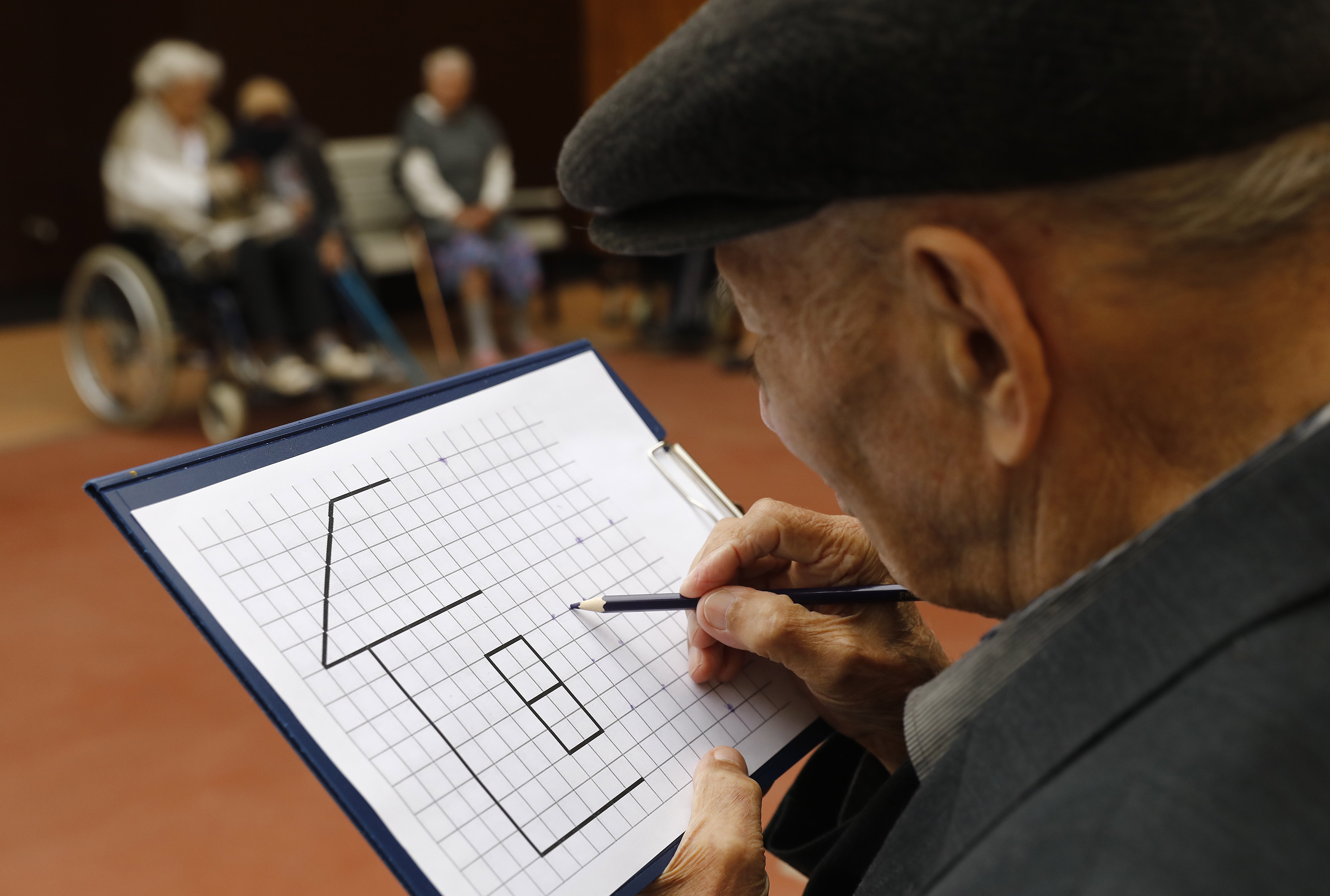
People are more likely to remember information they draw than information they visualize, write, or photograph, a new study published in Current Directions in Psychological Science says. Whereas other mnemonic devices engage one skill, drawing engages multiple: spatial, visual, and motor.
Researchers at Ontario’s University of Waterloo tested 24 university undergraduates and 24 adults aged 65 and older. Each subject was shown a series of 30 nouns and told to draw half of them and write out the others. Afterward, the researchers played a series of tones for the participants—a technique to upset the formation of memory. Finally, the subjects were given two minutes to recall as many of the words as they could.
Both the students and older adults showed better memory retention for the words that were drawn. In fact, on average, they remembered two drawn words for every written one.
On the whole, the younger group showed better memory retention than the older participants, which confirms previous research that younger adults are more open to alternative ways of engaging with words. What was perhaps more surprising, however, was that drawing helped both groups equally.
Preliminary results also show that drawing can potentially help patients with dementia and cognitive impairments retain new information.
Interest in the topic has increased in recent years as a debate grows over whether or not electronic devices facilitate memory—as they often purport—or inhibit it. Studies similar to the current one have started looking at memory’s relationship to gadgets as compared to writing by hand and taking photographs. The results have often been contradictory—leading us to perhaps the most salient takeaway from all this: the way our brains form memories is still something of a mystery.